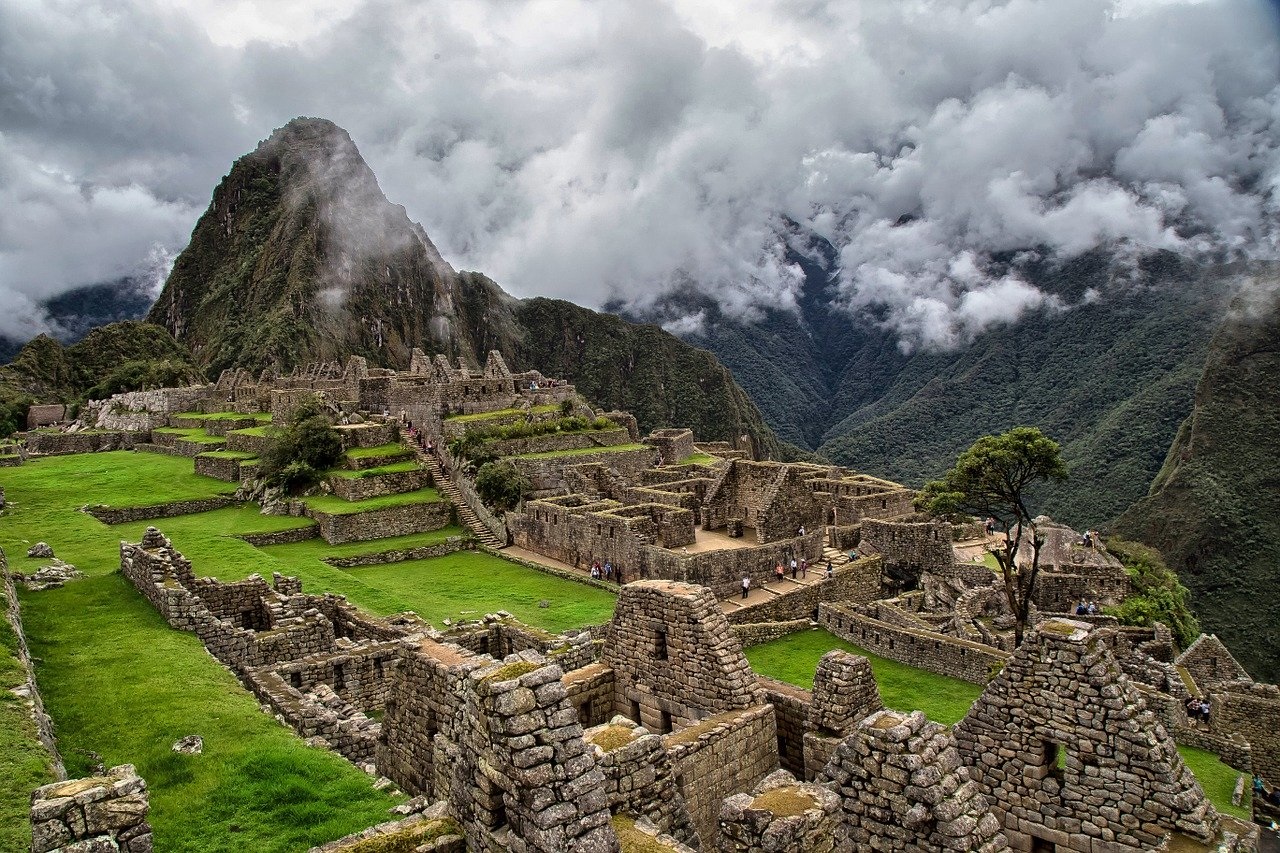
Machu Picchu
Machu Picchu, what does it mean "old mountain" In Quechua language, it is one of the most impressive creations in all of pre-Columbian America. This citadel, which is located almost two thousand five hundred meters above the the Incas' Sacred Valley, in the Peruvian region of Cuzco, has also been baptized as holy city y lost City.
But it is also a reflection of the degree of development that this pre-Columbian town and one of the greatest tourist attractions in Latin America had reached. Declared Heritage In 1983, it was a kind of capital of what is now known as Historic sanctuary of Machu Picchu, which also includes both aspects of the Urubamba river and the eastern slope of the Peruvian Andes with its cloud forests of yungas and its perpetual snows. If you have thought about visiting Machu Picchu and want to know it a little before going, we invite you to continue reading.
The Rediscovers of Machu Picchu
You read that right, we are talking about the rediscovers of Machu Picchu because truly, this city was never lost. It is true that in colonial times it was progressively abandoned because it was far from the new trade routes. But, already in the XNUMXth century, companies that wanted to do business with its treasures occupied the area. Specifically, the Compañía Anónima Explotadora de las Huacas del Inca del Alemán Augustus Berns he would have sold everything he found there to North American and European collectors.
But what we could call the modern discovery of Machu Picchu was due to two people. In chronological order, the first was Cuzco Agustin Lizárraga, who already in 1902 left an inscription in the Temple of the Sun to show that he had been there in the company of other curious archeology fans. But more important was the second character.
The American Explorer Hiram Bingham He arrived in the area in 1911 and was so impressed that he managed to start the study of the Inca city. Specifically, it involved Yale University, the National Geographic Society and the Government of Peru itself. In this way, Machu Picchu was reborn as we know it today, making itself known to the world after the article Bingham published on its findings in 1913.
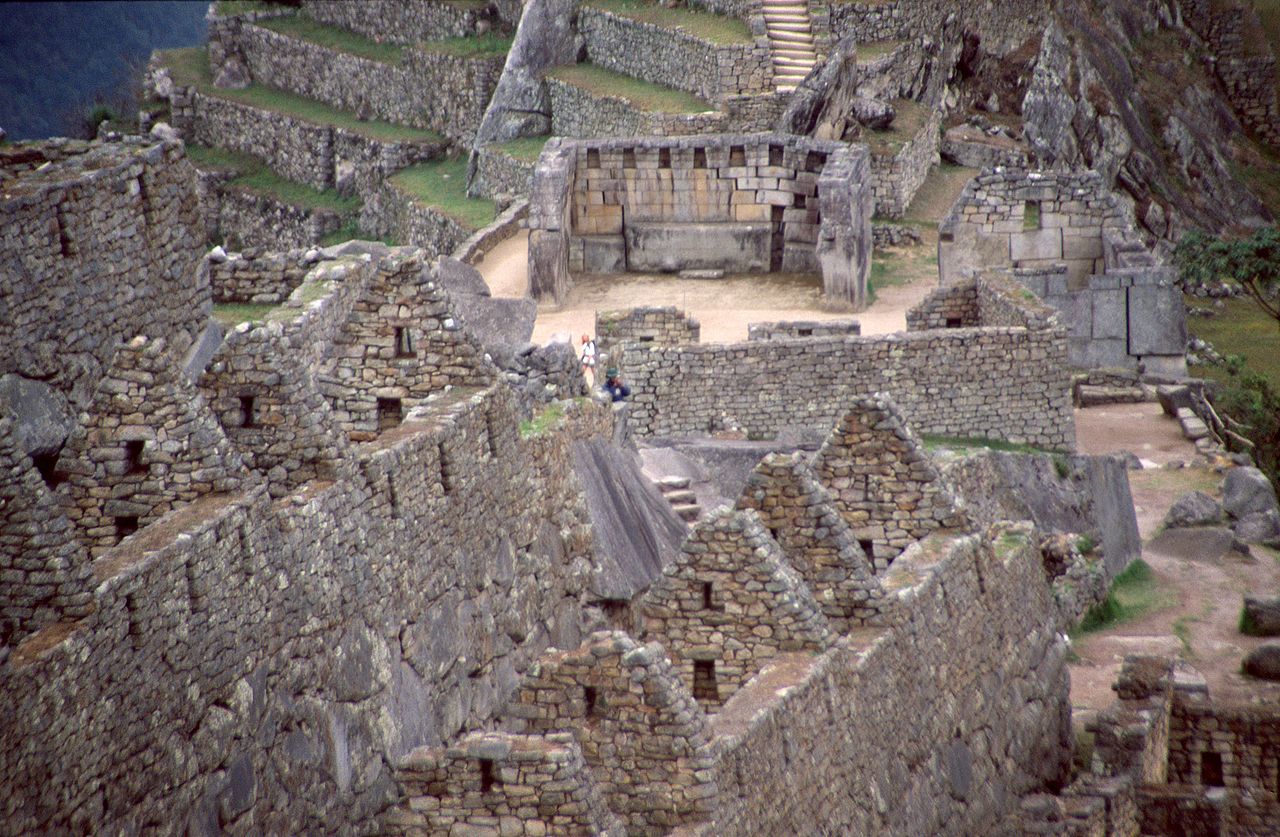
Sacred Square
A Little History
Although evidence has been found that agriculture was practiced in the area since the XNUMXth century BC, the city of Machu Picchu was built as such by Pachacutec, sovereign of the Inca empire, around 1450. Impressed by the sacred character of the place, he wanted to found the llacta or administrative and religious city of the central Andes.
Later, Machu Picchu belonged to the caudillos Tupac yupanqui y Huayna Capac, but it was losing importance with respect to other towns in the area, especially when new communications made it unnecessary for commercial caravans to pass through it.
Description of Machu Picchu
The first thing that will surprise you in the Andean city is how well preserved it is, along with its intelligent urban layout. Its built area has an approximate area of one hundred thousand square meters divided into about one hundred and seventy-two enclosures. Also, experts divide it into three areas.
Agricultural part
It is made up of a set of stepped terraces on the hillside. Stone walls support each arable area, which in turn is made up of porous soils to facilitate drainage and farmland. They were so well devised that they served as agricultural land until the early XNUMXs. Likewise, on these terraces there are a series of constructions that served as harvest warehouses.
Urban part
It is the most important of Machu Picchu and is separated from the previous one by a Wall in whose upper part is the access door to the citadel. This can be divided into hanan or high sector, where the aristocratic buildings are, and the hurin or low sector, where the popular classes lived. As the axis of separation between the two there is a rectangular square. But, more importantly, it is that you know the most outstanding constructions of the citadel.
Sun Temple
It is a rectangular building with a keep It was built in carved stone and was intended to celebrate the June solstice. Beneath it is a cave that probably served as mausoleum. There is even speculation that the sovereign Pachacutec may have been buried there.
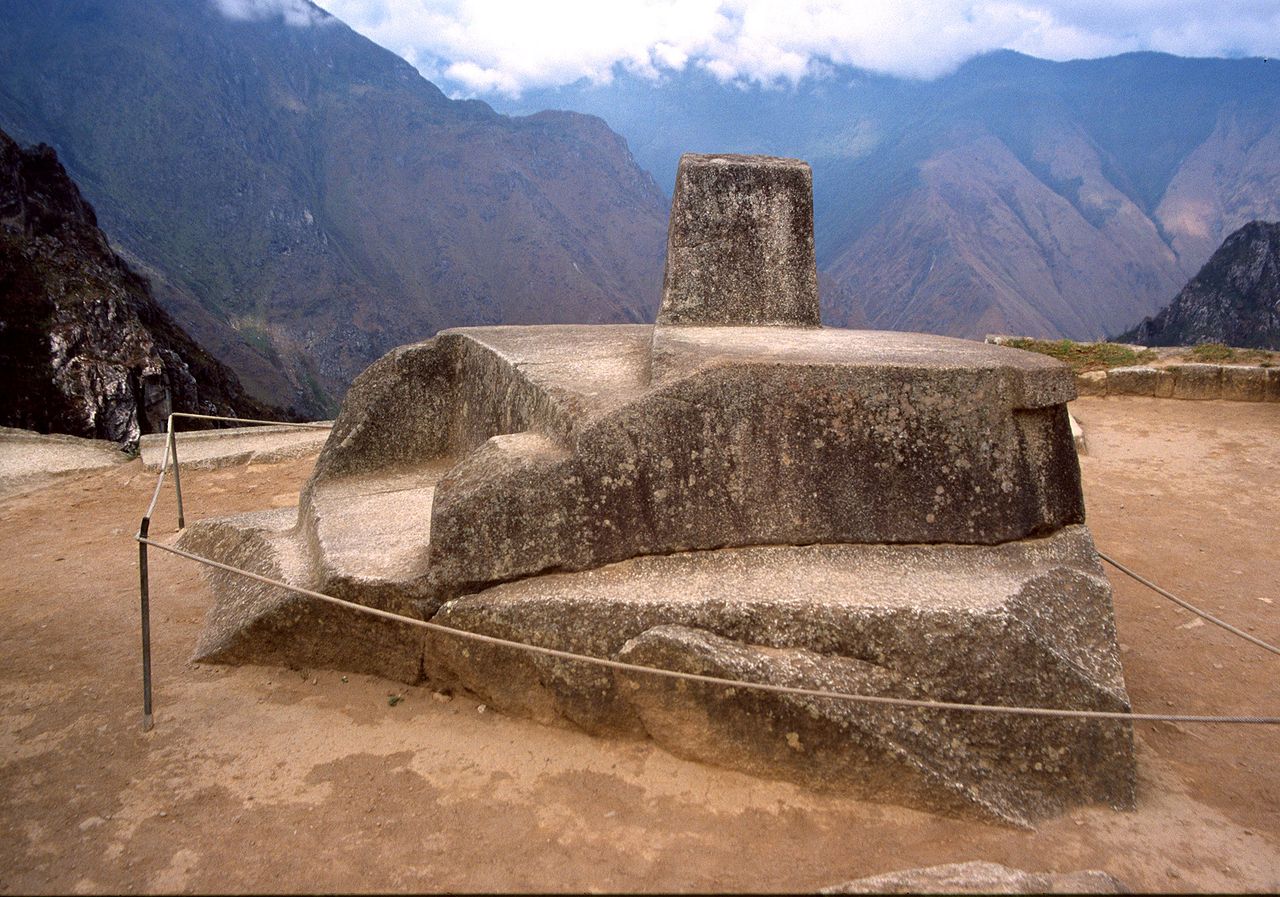
Intihuatana stone
Sacred Square
This surface is made up of several buildings that, it seems, were used for different rituals. Two of the best in the entire archaeological site stand out: the Temple of the Three Windows, built with large blocks of stone in a polygonal shape, and the Main Temple, next to which is the call priest's house.
Royal Palace
It is believed that it was because it was the best finished building and also the largest among those of a civil type. It consists of two large rooms with lintels, a utility room, a corral and a terrace. In addition, it is in front of the Temple of the Sun.
The Intihuata
It is a stepped pyramid with a polygonal base. At its highest point is the Intihuatana stone, a ceremonial object related to the cult of the Sun. In addition to the religious ones, the pyramid had astronomical functions.
The Temple to the Earth and the sacred rock
It corresponds to the rituals destined to improve the harvests and to make tributes to the land. Additionally, this flat rock stone marks the northern end of the citadel.
Condor Group
The condor was one of the sacred animals in the Inca mythology. And in this set of several buildings there is a rock that seems to represent this bird. Near it you can find a set of aristocratic dwellings and also caves for ritual use.
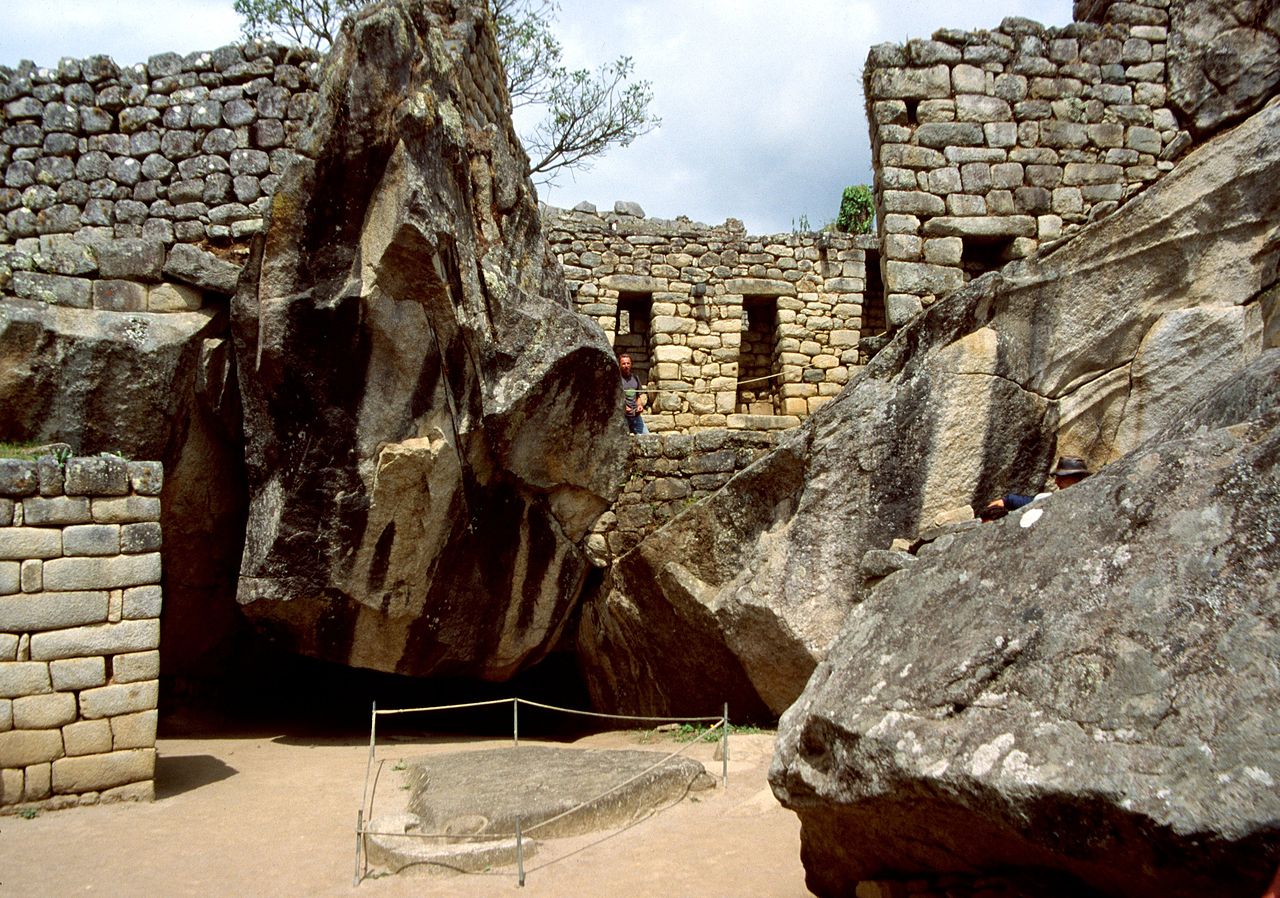
Condor Stone
Group of Mortars
It is the largest complex in the city and everything suggests that it was the Acilahuasi, a kind of convent where they lived the acylas, which were dedicated exclusively to religion and crafts. A carved room where there are two circular mortars stands out in the group. According to experts, the function of these was ceremonial, since they would be filled with water so that the stars were reflected. There are also altars and other evidence that rituals were carried out in the complex.
The Three Doors Quarter
It is made up of houses, workshops, warehouses and other constructions that show it was the area popular.
Fountains Stairway
It is an imposing staircase along which they run up to sixteen waterfalls through channels carved in the stone itself. The liquid comes from a spring that was in the upper part of the city and that was already channeled in the time of the empire. A system was also created to filter rainwater and divert it to the main channel.
Part of the quarries
It occupied the upper area of Machu Picchu and, as its name suggests, it was where the stone was extracted for urban constructions. It also features several rustic homes that would serve as a home for the guards at the main gate and the quarry itself. It is an area where numerous daily use utensils as plates, pots or aríbalos, pitchers widely used by the Incas.
Machu Picchu surroundings
The city was part of the trade routes of the region. Therefore, it was integrated into the Inca trail network, some routes that take you to other places of great interest. For example, the northern one led to the mountain of Huayna Picchu, where there are also archaeological remains. Along the way, you will also find the Temple of the Moon, another example of the interest of this civilization for the Astronomy.
However, the most popular is the southern road, known justly as the Inca trail. It begins in the complex of llactapata and travels through the ceremonial places of phuyupatamarca, sayacmarca y Vineyard Waina. It is the access to Machu Picchu preferred by lovers of hiking. However, if you want to do this tour, you will have to be in shape as it lasts four days.
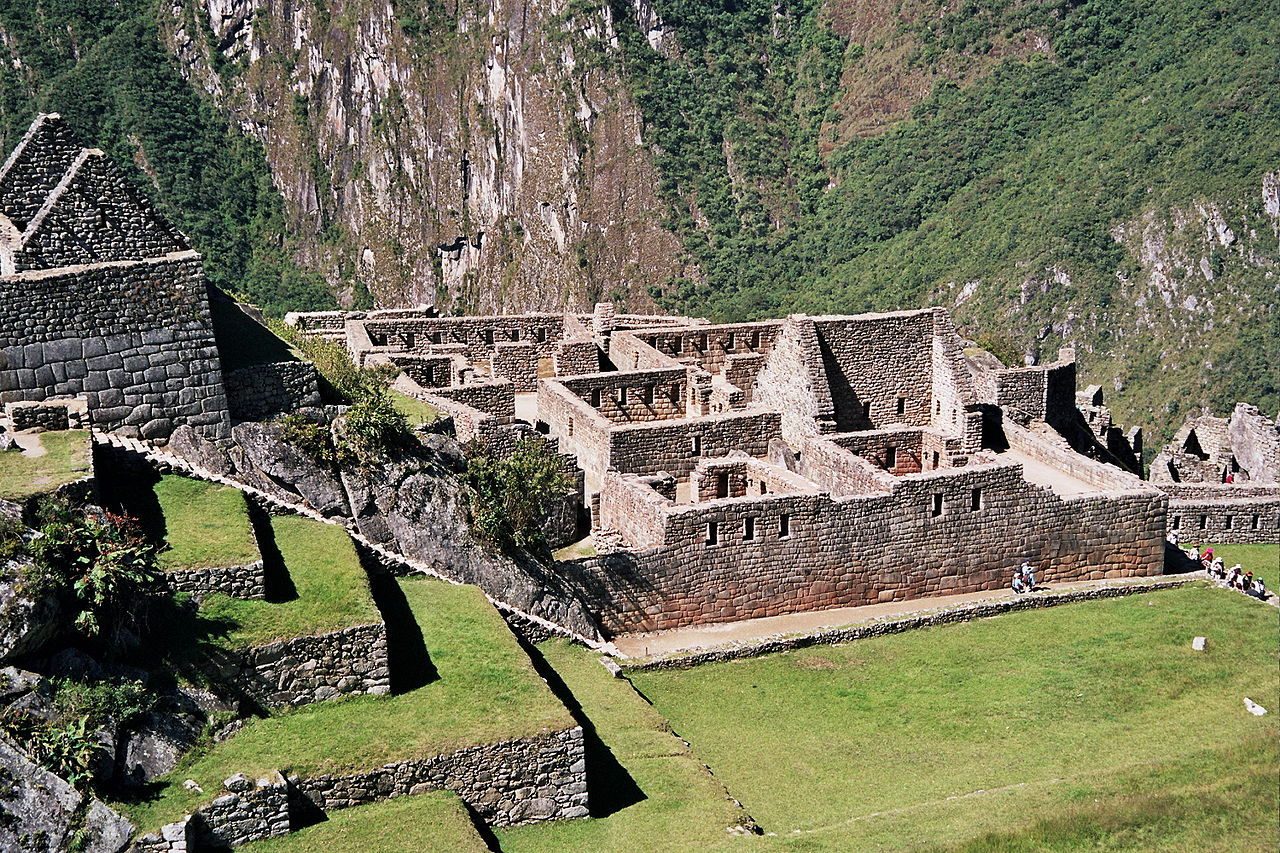
Group of Mortars
How to get to Machu Picchu
Precisely the above brings us to the topic of how to get to the sacred city. In addition to the Inca trail, there is only one other way to travel to it. Its about ferrocarril that goes to Cheap flights from Aguas Calientes and it takes about three hours from Cuzco. Starting from this town, there is a road that Hiram Bingham had built.
However, we do not recommend that you do it by car. You better take one of the Bus that leaves from Aguas Calientes. But keep in mind that there are no numbered seats. The first to reach the queue are those who get on and, when the vehicle is full, it leaves for the citadel.
It may also happen that you are on vacation in Lima and want to visit Machu Picchu. So the best thing you can do is take a plane to Cuzco and then follow the routes that we have indicated previously.
But, if you have time, you can make the journey in bus. The path that passes through Huacachina lagoon and by Arequipa It is very interesting
What is the best time to visit Machu Picchu
The Andean city has a peculiar climate. It is a mountainous area that at the same time is protected by the Salkantay and Verónica mountains. Therefore, the days are usually warm and pleasant. However, the area has two stations: the wet and the dry.
The first goes from November to March and it rains heavily. In fact, the Inca Trail closes in February. However, it is also the warmest, with temperatures around twenty degrees Celsius. Generally, rainfall occurs in the afternoon, but can fall at any time. In fact, local travel guides will recommend that you always wear a raincoat if you go to Machu Picchu, even in the dry season, because it can rain at any time of the year.

Inca Trail
For its part, this last season takes place between April and October. The days are usually too warm, but the nights are very cold, and can even reach two degrees below zero, especially in the months of June and July.
Therefore, the best time to visit Machu Picchu is the month of September, which coincides with the spring time there. The landscape is in its most spectacular greenery and there is also less agglomeration of tourists so you will have peace of mind to get the photos you want.
How much time do you need to visit Machu Picchu
Ideally, you should stay a couple of nights in Aguas Calientes and dedicate a full day to visit the citadel. However, if you have less time, you can choose the option of sleeping one night in that town and the next day going up to Machu Picchu and dedicating the day to see it until it is time to go down to start the return trip.
The latter is the option that tourists normally choose. But you can even take the first train from Cuzco and return on the last, dedicating the day to visit the sacred city. We do not recommend it, because almost certainly you will have things to see.
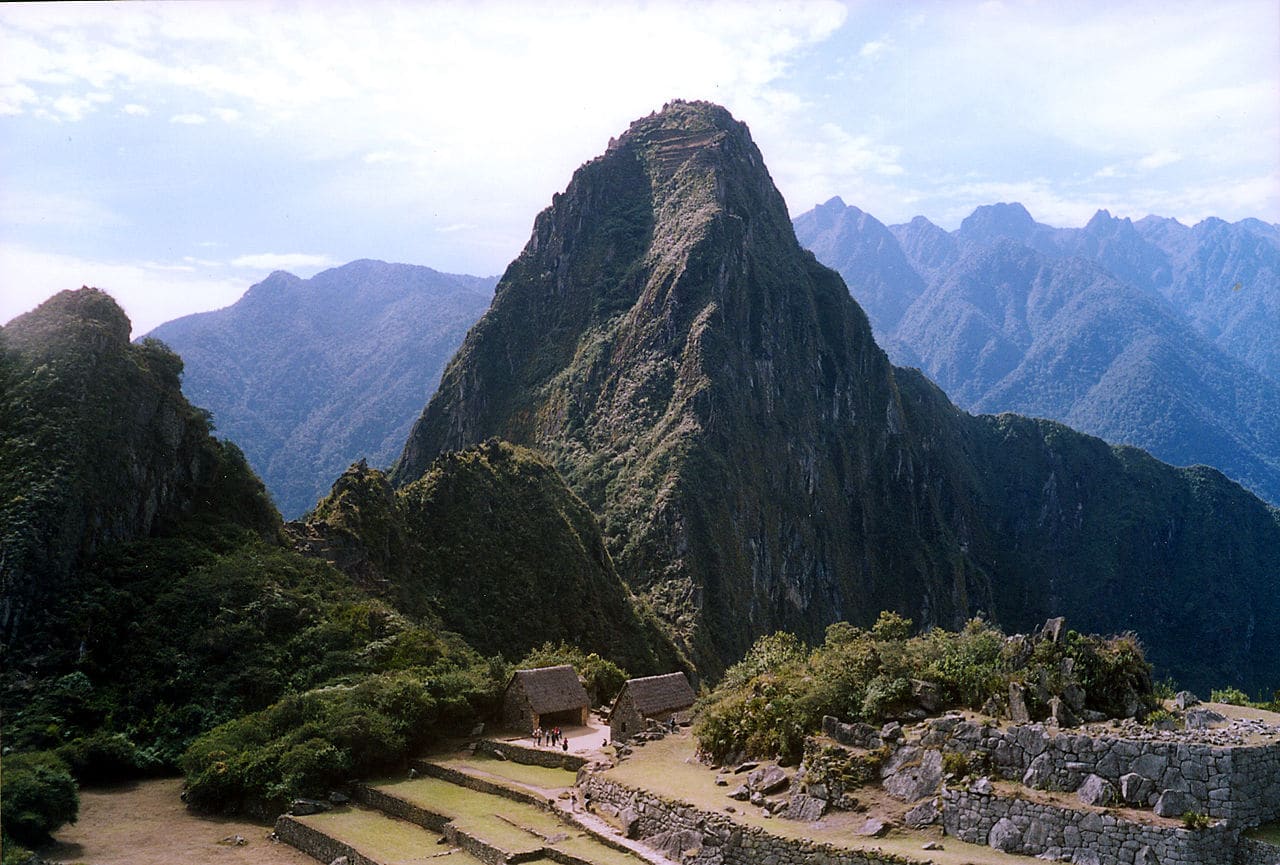
Huayna Picchu
Keep in mind that, to visit Machu Picchu, you have to travel to Peru. And it is not a destination that is normally done many times. Therefore, once you are there, take advantage of your visit and take time to see the Inca city. Worth.
Finally, one last piece of advice. When you visit Machu Picchu wear comfortable clothes, but never shorts or t-shirt. We tell you because in the city there is a legion of Mosquitoes. They are not too big but their bite is annoying. And, if you wear short clothes, you can see yourself full of them. Also, don't forget the oilskin. As we said, it can rain at any time.
In conclusion, Machu Picchu is one of those places that must be visited once in a lifetime. An icon of the Inca empire, it has been very well preserved over time and is spectacular both for its buildings and for its symbolism. Not in vain, it is a World Heritage Site and has been chosen as one of the seven new wonders of the modern world.